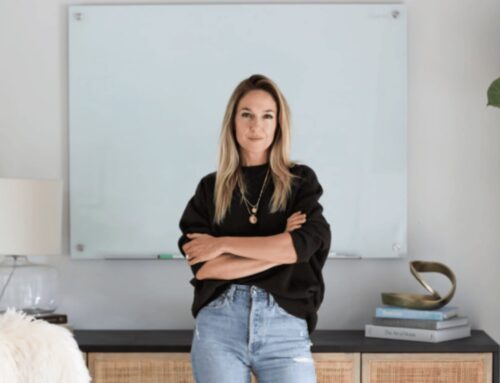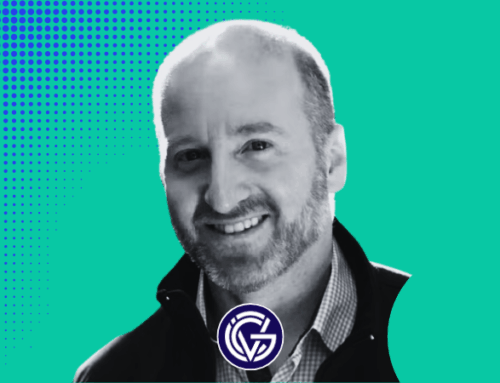Cannabis lounges pose a risk to the health of Santa Cruz County youth — the board of supervisors should vote no
January 26, 2025
Quick Take
We should be concerned about cannabis lounges, writes Nadia Al-Lami, a director of adolescent health in Santa Cruz County who has witnessed the harmful effects of high-potency cannabis on youth, including increased risk of psychosis. On Tuesday, the Santa Cruz County Board of Supervisors is due to consider allowing on-site cannabis consumption lounges, which Al-Lami believes would increase the visibility and accessibility of these products, disproportionately affecting vulnerable teens and communities. She urges the board to reject this proposal and implement stronger regulations to protect our youth.
Have something to say? Lookout welcomes letters to the editor, within our policies, from readers. Guidelines here.
As a pediatric nurse practitioner and adolescent health director working in Santa Cruz County for the past seven years, I have seen the significant impacts of potent THC/cannabis products on my patients.
At Tuesday’s meeting of the Santa Cruz County Board of Supervisors, the board is set to consider allowing on-site cannabis consumption/smoking/vaping lounges in our community. The supervisors are still deciding if this is a good idea, and I strongly urge the board to vote no.
These adult-only spaces might seem harmless, but their ripple effects could leave our teens more vulnerable to substance use than ever before.
Allowing secondary on-site consumption lounges would increase the availability and visibility of cannabis retailers. Studies show that how close cannabis retailers are to where kids live, learn and play influences the likelihood that they will use cannabis.
This is also an equity issue — Latinx youth are three times more negatively impacted by how close cannabis businesses are compared to other races/ethnicities. Keep in mind that the products on the market today are vastly different from the ones sold 10 or 20 or 30 years ago. In the 1990s, cannabis products had roughly 5% THC. Today, my patients are consuming products with 80% and 90% THC.
This is not the same cannabis that many of us adults today were exposed to in our youth. These products are rapidly evolving, and both the potency and amount of THC consumed by our youth is unprecedented.
Cannabis is legal on the state level, but not at the federal level, making it more difficult to quickly and comprehensively study the effects of these increasingly potent products. Even still, we do have substantial evidence that frequent use of cannabis increases risks of psychosis, including schizophrenia among adolescents and young adults. It also increases risks of depressive disorders, suicidal ideation and suicide attempts.
I have seen this with my patients. A 14-year-old with uncontrolled vomiting due to cannabinoid hyperemesis syndrome, a result of chronic cannabis use. A 15-year-old with early-onset psychosis who began smoking with his brother at age 12. A 13-year-old with treatment-resistant depression who smokes “dabs,” (a highly potent form of THC) multiple times per day.
My patients tell me that they learn about cannabis from their friends and social media. And it has been documented that most of the information on social media is promoting cannabis rather than offering warnings about potential risks.
Given how much product marketing there is online compared with public health messaging, there is a strong misperception about the health consequences of using these products with such high concentrations of THC.
When I ask them, many of my patients say they believe cannabis is not addictive, even though it has been documented by the Centers for Disease Control and Prevention that roughly 3 in 10 people who use cannabis have cannabis use disorder.
Many who use cannabis report they prefer to use cannabis to treat their anxiety, depression or sleep problems because it was recommended by a friend, a social media post or “someone in the industry.”
Nearly all of my patients who use cannabis report getting it from a dispensary. When I probe, they say their “friend” or “source” is buying from a dispensary, marking it up and selling it to young people.
If lounges are permitted to open in secondary locations, the number of dispensaries could effectively double. So, though it is not legal for individuals under the age of 21, the presence of these consumption lounges, the increasing visibility and normalization of cannabis and the products they sell in our community are having a direct impact on our youth.

To ignore this impact would be irresponsible.
Beyond impacts to the health of our youth, these lounges raise additional concerns about impaired driving, secondhand smoke exposure and the rollback of smoke-free air and workplace laws.
In light of these concerns, I ask the public to voice their opposition and the board of supervisors to vote against cannabis lounges until more research is done on the potential harms of these products and more regulations are in place to keep our community safe.
To the board, please work to ensure that policies have our community well-being in mind. Require safety warning labels on products that have documented health risks based on the evidence available. Prohibit lounges to limit access and normalization of the use of these products. If you must allow them, at least cap both the potency and amount of products allowed to be consumed in the lounges.
If you are concerned about the continuing loosening of cannabis restrictions in our community, let the board know. Email them at boardofsupervisors@santacruzcountyca.gov by 5 p.m. Monday.
Let’s prioritize health over profits.
Nadia Al-Lami is a pediatric nurse practitioner and adolescent health director practicing in Santa Cruz. She is the current treasurer and former co-president of the Northern California Regional Chapter of the Society of Adolescent Health and Medicine. She holds a master’s degree in nursing and was an adolescent health fellow at UC San Francisco.
Search
RECENT PRESS RELEASES
Related Post




